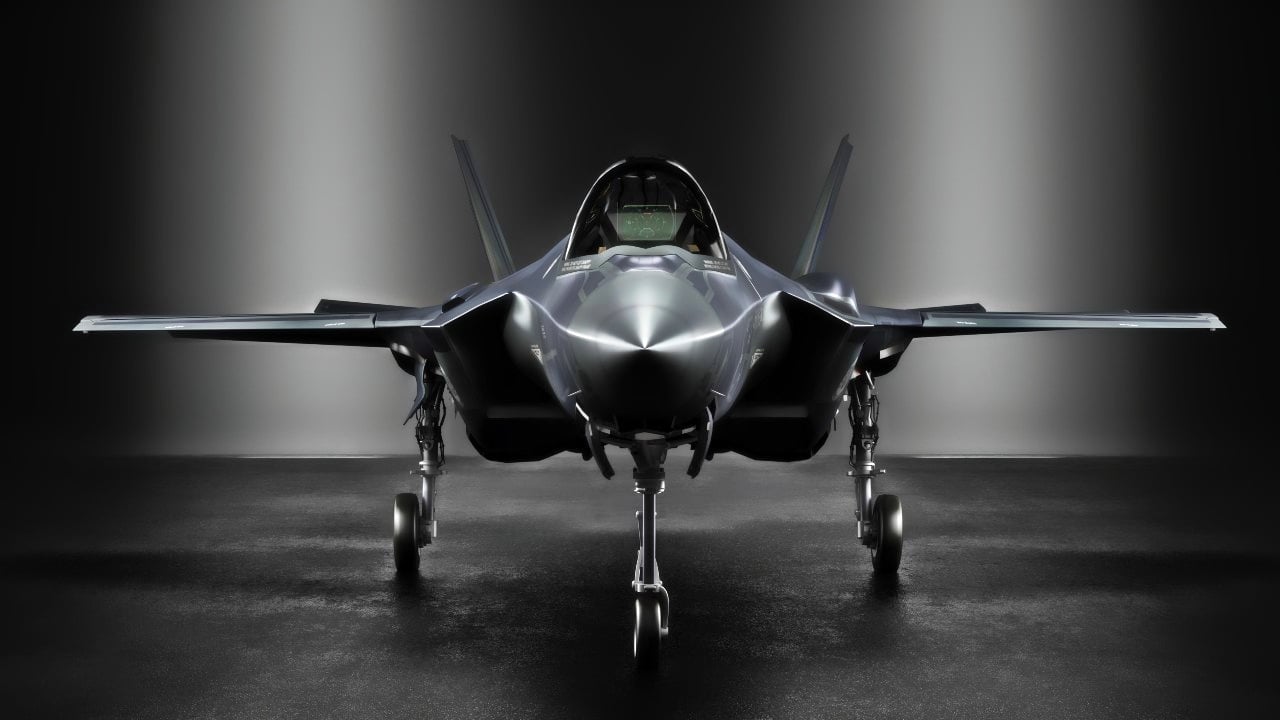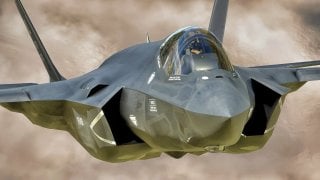Upgraded F-35 Fighter Jets Won't Be Combat-Ready Until 2025
Summary: The F-35 Lightning II, a cutting-edge fifth-generation stealth fighter, faces delays in becoming combat-ready due to setbacks with the TR-3 software update. Initially planned for completion in April 2023, the update has been postponed until at least 2025 due to manpower shortages and technical complexities.
-This delay not only affects the current functionality of the jets but also stalls the forthcoming Block 4 upgrade, which is dependent on the TR-3 update for enhanced capabilities and increased weapons systems capacity.
-Lockheed Martin, amid these challenges, announced a reduced production target of 110 aircraft for 2024, down from their usual 150 per year. This reduction and ongoing delays have drawn criticism from both the U.S. Air Force and Congress, highlighting growing frustrations over the program's progress.
F-35 Lightning II's Combat Readiness Delayed to 2025 Amid Software Update Setbacks
Upgraded F-35 Lightning II stealth fighter jets will not be combat-ready until 2025, according to Lockheed Martin.
The fifth-generation fighter has faced serious problems of late with technology updates, halting delivery of aircraft. Issues with the TR-3 software update are significant enough that the U.S. Air Force decided to cut purchases for the next year.
Combat-Ready in 2025 and the TR-3 Update
A few weeks ago, Lockheed Martin executives indicated that the TR-3 software update would be ready by the summer. The software update was first slated for April 2023, but manpower shortages and technology issues have caused the delays.
To make matters more complicated, the Block 4 upgrade, which will improve the aircraft’s capabilities and allow it to carry more weapons systems, needs the TR-3 as a base, meaning the current delays create long-term issues for the aircraft.
Although Lockheed Martin has maintained a steady rate of production, finishing approximately 150 aircraft each year, some of the jets are not delivered because they are waiting for software updates. Now this is starting to complicate production as well. For example, Lockheed Martin revealed that in 2024 it will produce only 110 aircraft despite increased demand for the stealth fighter jet.
“What we’ve run into on TR-3 is, the level of complexity and executing a [capability] increase that’s pretty dramatic,” Lockheed Martin CEO Jim Taiclet said during a recent earnings call.
“We are wringing out all of the software through all of the new hardware, and integrating into all of the aircraft’s other systems, and that’s taken longer than our team predicted,” Taiclet added.
It's not just the Air Force that is getting frustrated by the lack of deliveries. Congress has also noticed the problem.
“We have been in this meeting, coming back year after year talking about this, and each year we’re kicking the can down the road. It’s always something new. You need to understand the frustration.” Rep. Donald Norcross, D-New Jersey, told Taiclet last week during a hearing of the House Armed Services subcommittee on tactical air and land forces.

The F-35 Lighting II
A multirole fifth-generation stealth aircraft, the F-35 Lightning II is the most advanced fighter jet in the world. There are three versions of the aircraft (A, B, and C) that share most capabilities, with the main difference being the way they take off and land.
The F-35A operates like a normal aircraft. The F-35B uses a Short Take-off, Vertical Landing system to take off and land like a helicopter. Finally, the F-35C is designed to operate from aircraft carriers.
All three versions specialize in six mission sets: Strategic Attack; Air Superiority; Close Air Support; Electronic Warfare; Intelligence, Surveillance, and Reconnaissance; Suppression of Enemy Air Defenses; and Destruction of Enemy Air Defenses.
About the Author
Stavros Atlamazoglou is a seasoned defense journalist specializing in special operations and a Hellenic Army veteran (national service with the 575th Marine Battalion and Army HQ). He holds a BA from the Johns Hopkins University and an MA from the Johns Hopkins’ School of Advanced International Studies (SAIS). His work has been featured in Business Insider, Sandboxx, and SOFREP.
All images are from Shutterstock.


